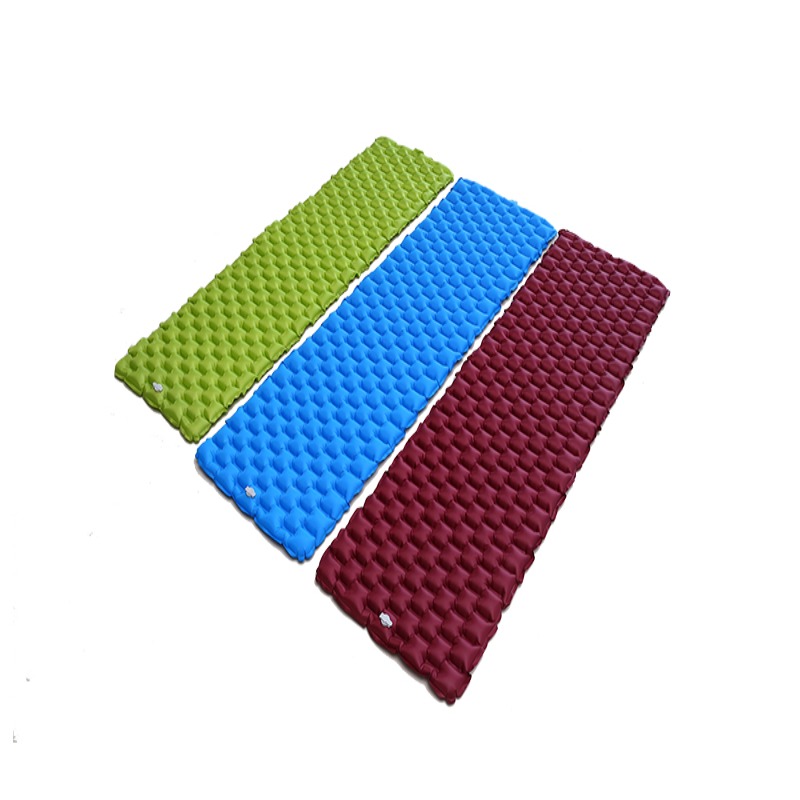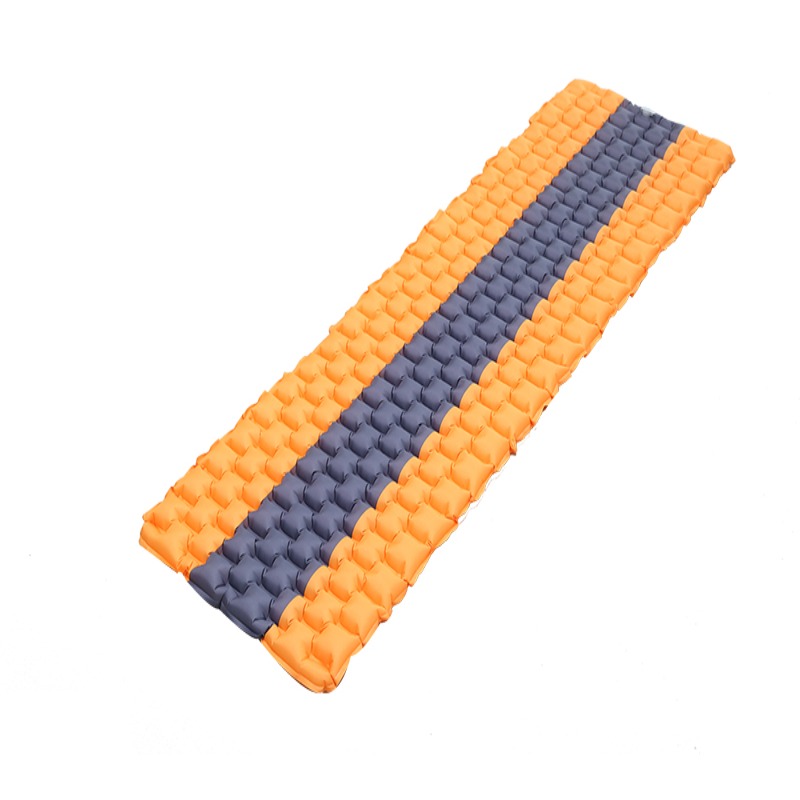When choosing a new sleeping pad, keep in mind the following:
Car camping: When you are not limited by size and weight, you can choose thicker and larger mattresses to ensure comfortable sleep. These are usually cheaper than lightweight. Self-inflating cushions are usually a good choice for car camping.
(Large inflatable mattresses are another option if you want to use ordinary sheets and blankets instead of sleeping bags. However, these mattresses are relatively heavy and bulky and lack thermal insulation, so they are best suited for mild environments. Need to pump proper inflation.)
Backpacks: Those who like to enjoy good sleep comfort while backpacking (or cycling, canoeing or kayaking) can choose auto-inflatable or air-cushioning, offering various thickness, durability, insulation value and weight. The optional chair kit gives your self-inflating or air-cushioning dual function as a comfortable seat with a backrest. For backpackers, this can be a lightweight luxury
Minimalist backpack: Low weight and small package size surpass all other factors. Ultra-light air cushion may be your best choice. Some insulated full-length air cushions now weigh less than a pound. Make sure to check the package size of your pad option in the store and consider it in your decision.
Crossing: Light weight is important here, but long-term durability is also key. Closed-cell foam pads are your best choice. Many hikers choose "short" or "3/4 length" foam pads to save weight (you can put empty bags or extra clothes under your feet for a bit of insulation if needed).
Winter camping: Camping on snow requires more insulation. REI recommends two pads: an insulated high R-value air cushion or a self-closing pad, located on top of a closed-cell foam pad. Closed-cell foam pads increase insulation and provide insurance if the inflatable pad is punctured.

 简体中文
简体中文 English
English 日本語
日本語 Español
Español Deutsch
Deutsch











